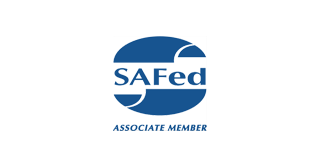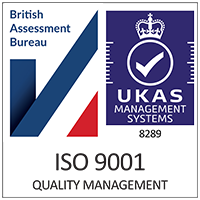Across countless workplaces in the UK, hazardous substances are used daily — from cleaning chemicals and dusts to fumes, gases, and biological agents. While these materials are often essential to business operations, they can pose serious health risks if not properly controlled.
This is where COSHH comes in. The Control of Substances Hazardous to Health (COSHH) Regulations 2002 are designed to protect workers from illness, injury, and long-term harm caused by exposure to dangerous substances.
In this article, we explore how COSHH safeguards employee health and why compliance is a critical responsibility for every employer.
What Is COSHH?
COSHH is a set of UK regulations that require employers to:
-
Identify hazardous substances in the workplace
-
Assess the risks they pose to health
-
Implement appropriate control measures
-
Provide training and information to staff
-
Monitor exposure and carry out health surveillance where necessary
These regulations apply across a wide range of industries, including manufacturing, healthcare, agriculture, cleaning services, engineering, and more.
How Hazardous Substances Affect Health
Hazardous substances can take many forms, such as:
-
Chemicals and cleaning agents
-
Dusts, fibres, or fumes
-
Mists, vapours, and gases
-
Biological agents like bacteria and viruses
If not properly managed, these substances can cause a range of health issues, including:
-
Respiratory problems (e.g. asthma, lung damage)
-
Skin irritation, burns, or dermatitis
-
Eye damage
-
Long-term conditions such as cancer or reproductive disorders
-
Infections or allergic reactions
COSHH exists to prevent or reduce exposure to these risks through a structured, proactive approach.
Key Ways COSHH Protects Workers
1. Risk Assessment of Substances
Employers must assess how workers might be exposed to harmful substances and evaluate the potential health effects. This assessment forms the foundation for all safety measures that follow.
2. Implementation of Control Measures
Based on the assessment, employers must put control measures in place to either eliminate or reduce exposure. These may include:
-
Substituting hazardous substances with safer alternatives
-
Installing extraction or ventilation systems
-
Using sealed systems to prevent airborne release
-
Providing suitable personal protective equipment (PPE)
3. Clear Labelling and Safe Storage
Substances must be correctly labelled, stored securely, and segregated where necessary to avoid dangerous chemical reactions or accidental exposure.
4. Staff Training and Information
Employees must be given clear instructions and training on:
-
The risks posed by substances they work with
-
How to use control measures and PPE correctly
-
Emergency procedures in case of spills, leaks, or exposure
Knowledgeable staff are safer staff — and COSHH makes that a legal requirement.
5. Monitoring and Health Surveillance
In higher-risk environments, regular monitoring may be needed to ensure control measures remain effective. Health surveillance may also be required to detect early signs of illness caused by exposure — helping to prevent long-term damage.
The Legal and Moral Obligation
Beyond regulatory compliance, COSHH is about creating a safer, healthier workplace for everyone. Employers have both a legal and ethical responsibility to protect their staff — and failure to do so can result in:
-
Enforcement notices
-
Substantial fines or prosecution
-
Civil claims for illness or injury
-
Damage to reputation and workforce morale
How SIS Ltd Can Help
At SIS Ltd, we offer professional COSHH assessments and inspections tailored to your business needs. Our experienced engineer surveyors help you:
-
Identify and assess hazardous substances in your workplace
-
Implement effective and practical control measures
-
Stay compliant with current regulations
-
Protect your employees and your business











